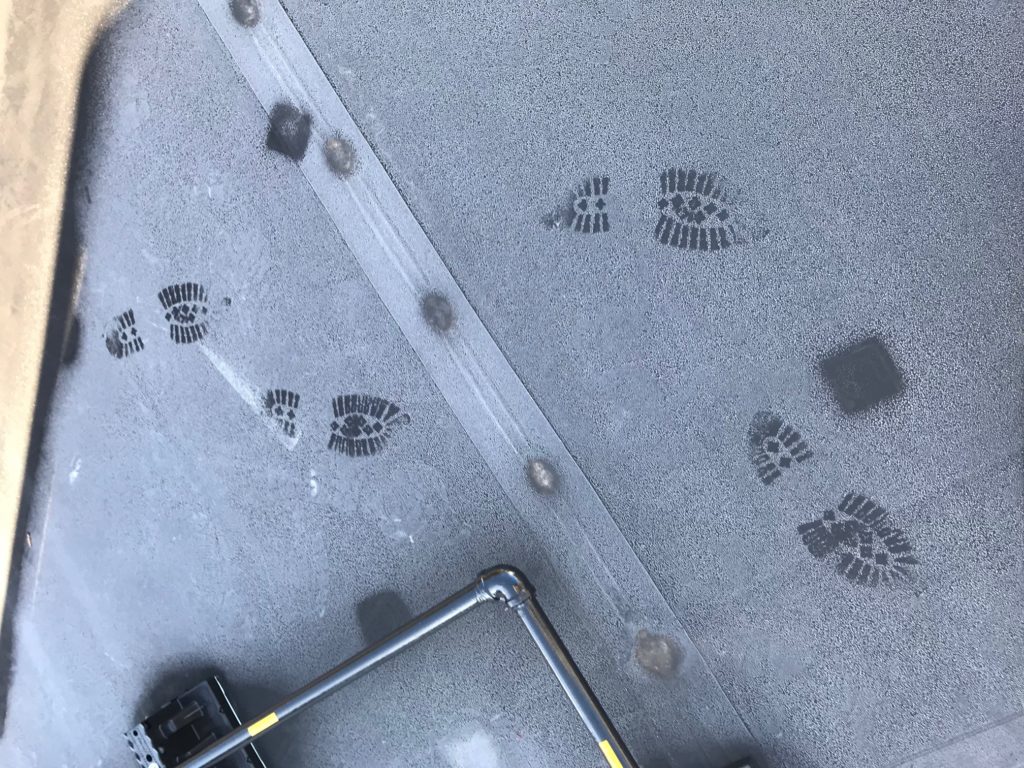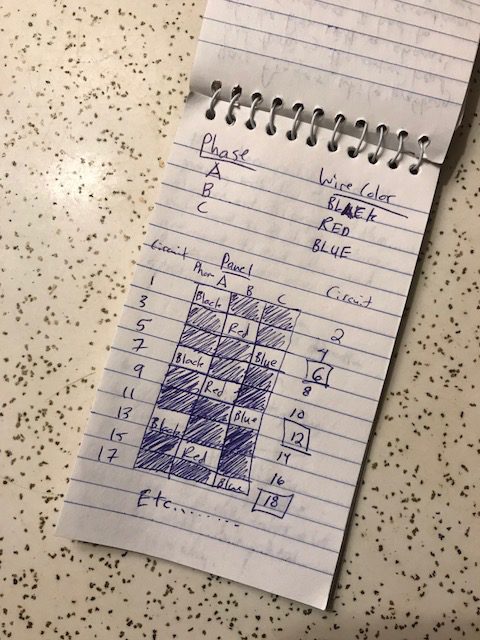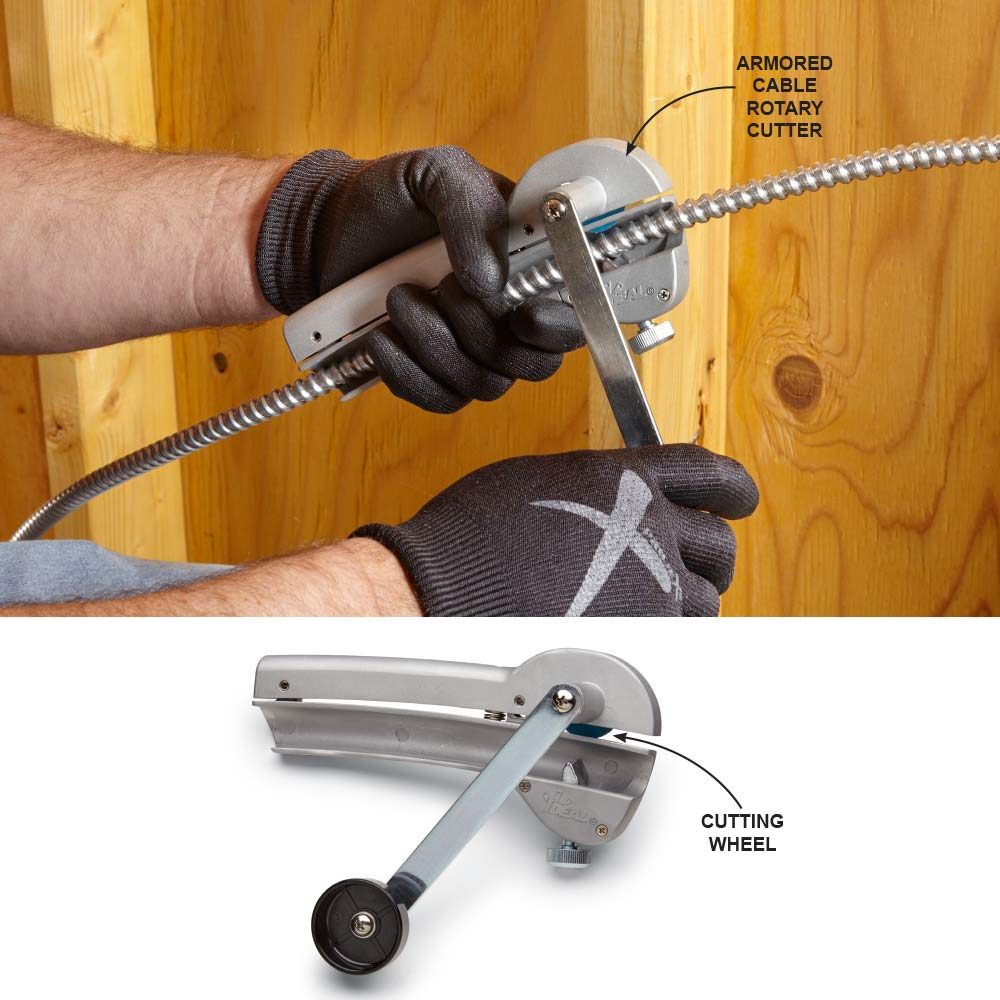Tomorrow is my 150th day of work as an electrician. Just to say that I have learned a few things in that short of time is dramatically understated.
I can now run pipe pretty well on my own, making fairly complicated bends in order to get from point to point in a way that is somewhat pretty. It is still gray metallic pipe, but at least it does not look like complete garbage. I’m not sure if I am ready to call myself “proud” of the pipe I put up. I need to be, though. Why? Because it is one of the primary things which this job relies on. Without the conduit, there are no wires running to switches, nothing to connect to lights, nothing to connect to the breaker panel. I need to work out any second guessing come to a point of 100% confidence. I am sure that will take awhile.
So, about the other aspects of the job: I have worked in the heat and cold, from a stagnant and humid space to a cold and windy rooftop. I have pulled and pushed wire of all sizes, made up joints, cut boxes into walls, run metal encased wire, put up lights, wired receptacles and switches, wired roof top HVAC units, read blueprints and other things that I am forgetting. There have been slow days and hectic, long weeks.
Most important of all is that I have made plenty of mistakes. Most of them have been minor – forgetting to tighten a connector or bending a pipe crooked or twisting wires the wrong way when making up a joint. A major mistake happened early on. I ran a steel fishtape (instead of fiberglass) down some conduit toward a hot breaker panel. I could have been seriously injured if the steel hit the live wires in the panel. Luckily there was an open box in the ceiling before the panel, so the fishtape ran out of that instead of continuing toward the panel. Another person caught the error and was able to stop me from doing anything else with it.
The point of mistakes is to learn from them. Everyone I have met doing this job has told me that mistakes are sometimes the only way to learn many aspects of the trade. And I have learned from every single one.

Boot marks in the roof frost.
Overall? I like this job, a lot. It is difficult work both physically and mentally, but that is what I like about it. Everyday is different and often challenging. I love learning to use new tools, too. Now that I have been learning the “hows” of the job, I am ready to learn some of the “whys” of what we do.








































